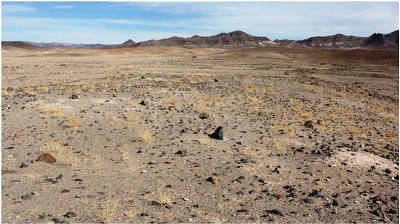
A trench at 10x10 meters was excavated in the middle of the site, MNA quoted head of the archaeology team Mohammad Farjami as saying. The trench was then divided into two parts of 5 by 10 meters, he said.
Students at Birjand University split into two teams, each working on one sub trench, Farjami said.
The discovered structures and pottery shards date back to the 9th and 10th centuries, while some trace their roots to the 11th century.
Based on the archaeological data from the exploration, the site was first used as a permanent settlement in the 9th century. It was then deserted and remained unused until the 11th century, based on Islamic architecture.
“According to fathometric surveys and stratigraphy (study of rock layers) conducted in the southern section of the trench, the site was inhabited during the Seljuq era,” Farjami noted.
By the end of the Seljuq-era settlement, the site was inhabited by nomadic tribes for a while before being used for agriculture.
Fortifications on the western hill – the highest point on the site – indicate post-agriculture settlement. The fortifications, however, seem to have been deserted around the same time as the advent of the Timurid era.

Add new comment